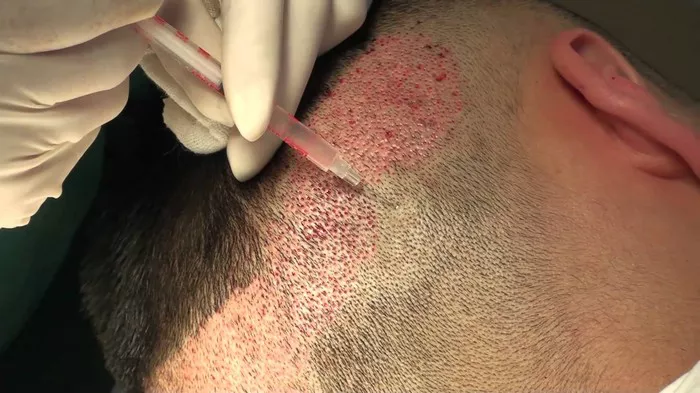When considering a hair transplant, one of the most common concerns that individuals have is whether the hair in the donor area will grow back after the procedure. In this comprehensive guide, we will explore this important question, shedding light on the factors that influence donor area regrowth, the recovery process, and what you can expect post-surgery. By the end of this article, you’ll have a clear understanding of the dynamics involved in donor area hair regrowth after a hair transplant.
The Donor Area in Hair Transplants
The donor area, typically located at the back and sides of the head, is where hair follicles are harvested for transplantation during hair restoration procedures. These follicles are chosen for their resistance to hair loss, making them ideal for creating a natural and lasting hairline in the recipient area.
How Hair is Harvested?
In hair transplant procedures, the donor hair is harvested through two primary methods: Follicular Unit Transplantation (FUT) and Follicular Unit Extraction (FUE). FUT involves removing a strip of skin with hair follicles, while FUE individually extracts follicles. The method chosen can impact the regrowth in the donor area.
Factors Influencing Donor Area Regrowth
The following are factors that influence donor site regeneration:
1. FUT vs. FUE
The choice between FUT and FUE can significantly affect donor area regrowth. With FUT, a linear scar is created, which may be concealed by surrounding hair. FUE, on the other hand, results in tiny puncture scars that are less noticeable. Both methods allow for donor hair to grow back, but the extent and appearance of regrowth may vary.
2. Hair Density in the Donor Area
The density of hair in the donor area plays a role in regrowth. If the donor area has a high hair density, the loss of hair for transplant is less noticeable. Individuals with lower hair density may experience more noticeable changes.
3. Quality of Post-Operative Care
Proper post-operative care is crucial for donor area regrowth. Following your surgeon’s instructions, taking prescribed medications, and avoiding activities that could strain the donor area are essential for ensuring optimal healing and regrowth.
4. Individual Healing Response
Individual healing responses also impact donor area regrowth. Some individuals may experience faster and more robust regrowth, while others may take longer to see results.
Post-Operative Recovery and Regrowth
Here’s how to recover and regenerate after surgery:
1. Initial Healing Phase
After a hair transplant, the donor area goes through an initial healing phase. It is normal to experience scabbing and redness, which gradually subside over the following weeks.
2. The First Few Months
In the first few months after the procedure, you may notice that the transplanted hair sheds. However, this is a natural part of the process. It’s important to be patient as regrowth takes time.
3. Stages of Regrowth
Donor area regrowth occurs in stages. Typically, initial signs of regrowth become visible around three to four months post-surgery. However, full regrowth may take up to a year or longer, depending on individual factors.
4. Final Results
The final results of donor area regrowth can be quite impressive. With proper care and adherence to post-operative guidelines, many individuals experience almost complete regrowth in the donor area, with minimal scarring visible.
Managing Expectations and Caring for the Donor Area
Here are some ways to manage expectations and care for donor areas:
1. Caring for the Donor Area
To encourage optimal donor area regrowth, follow your surgeon’s post-operative care instructions diligently. Avoid activities that might put strain on the donor area and protect it from excessive sun exposure.
2. Managing Expectations
It’s crucial to have realistic expectations regarding donor area regrowth. While most individuals achieve a satisfactory level of regrowth, the exact results can vary based on factors mentioned earlier.
3. Consultation with a Specialist
If you have concerns about donor area regrowth or the overall progress of your hair transplant, consult with a qualified hair restoration specialist. They can provide guidance and address any questions or issues you may have.
See Also: How Successful is the Hair Transplant: All You Need To Know
Conclusion
In conclusion, the regrowth of hair in the donor area after a hair transplant is a common concern for those considering the procedure. The extent and appearance of regrowth depend on various factors, including the method used, hair density, post-operative care, and individual healing responses.
With proper care and patience, many individuals experience excellent donor area regrowth, making hair transplants a viable solution for hair loss. However, managing expectations and consulting with a specialist can help ensure you have a clear understanding of what to expect throughout the process.
Remember, while donor area regrowth may take time, the results are often well worth the journey, providing a natural and lasting solution to hair loss concerns.


